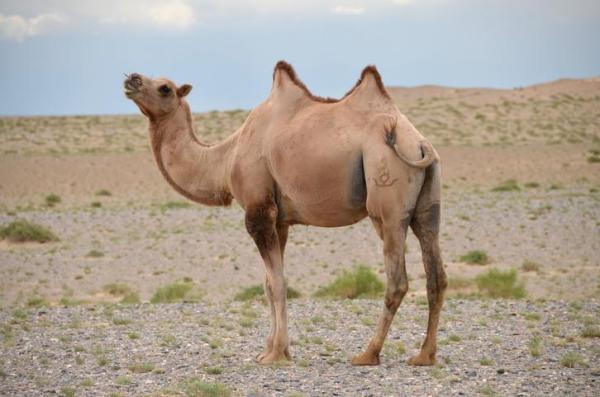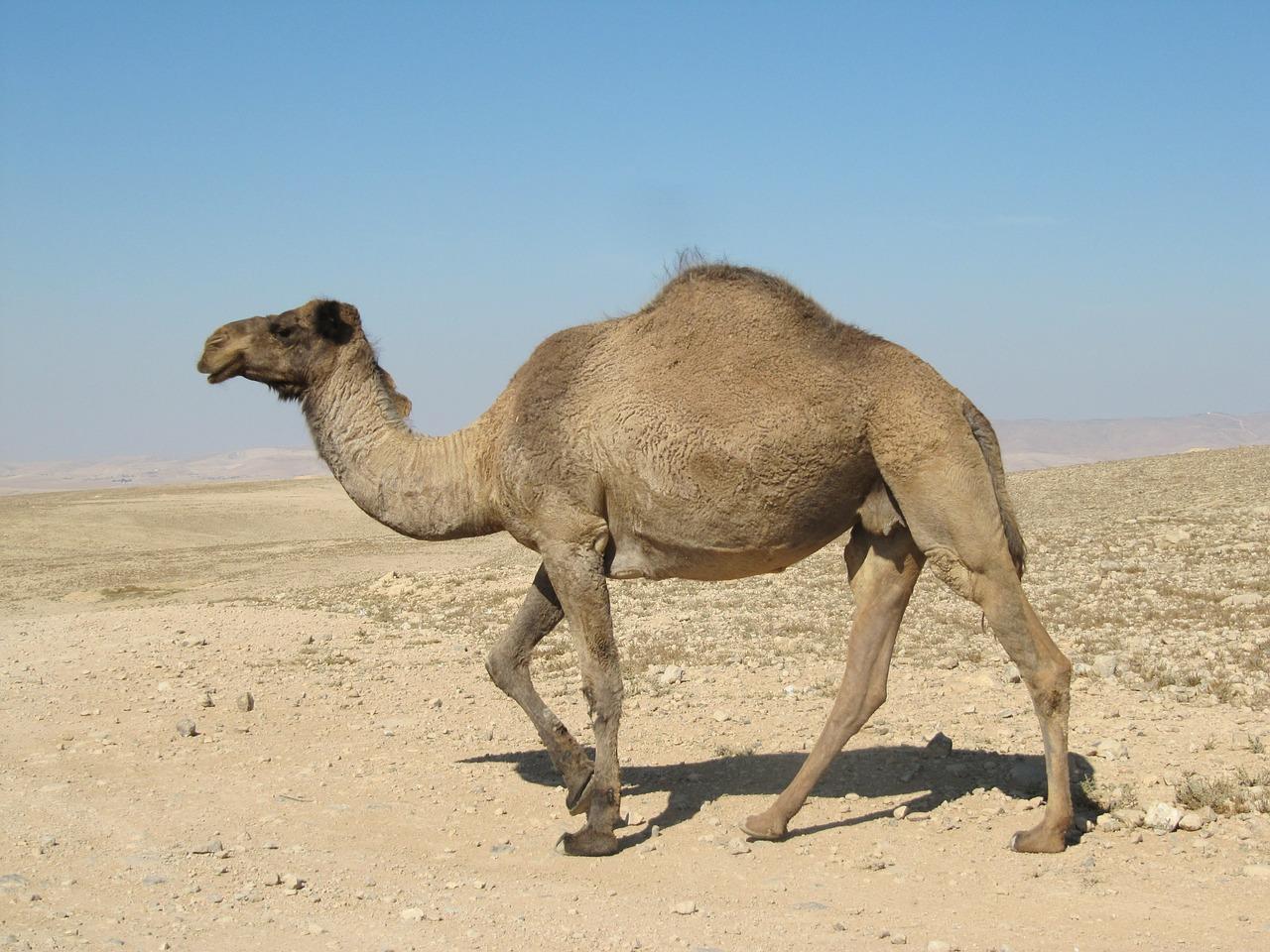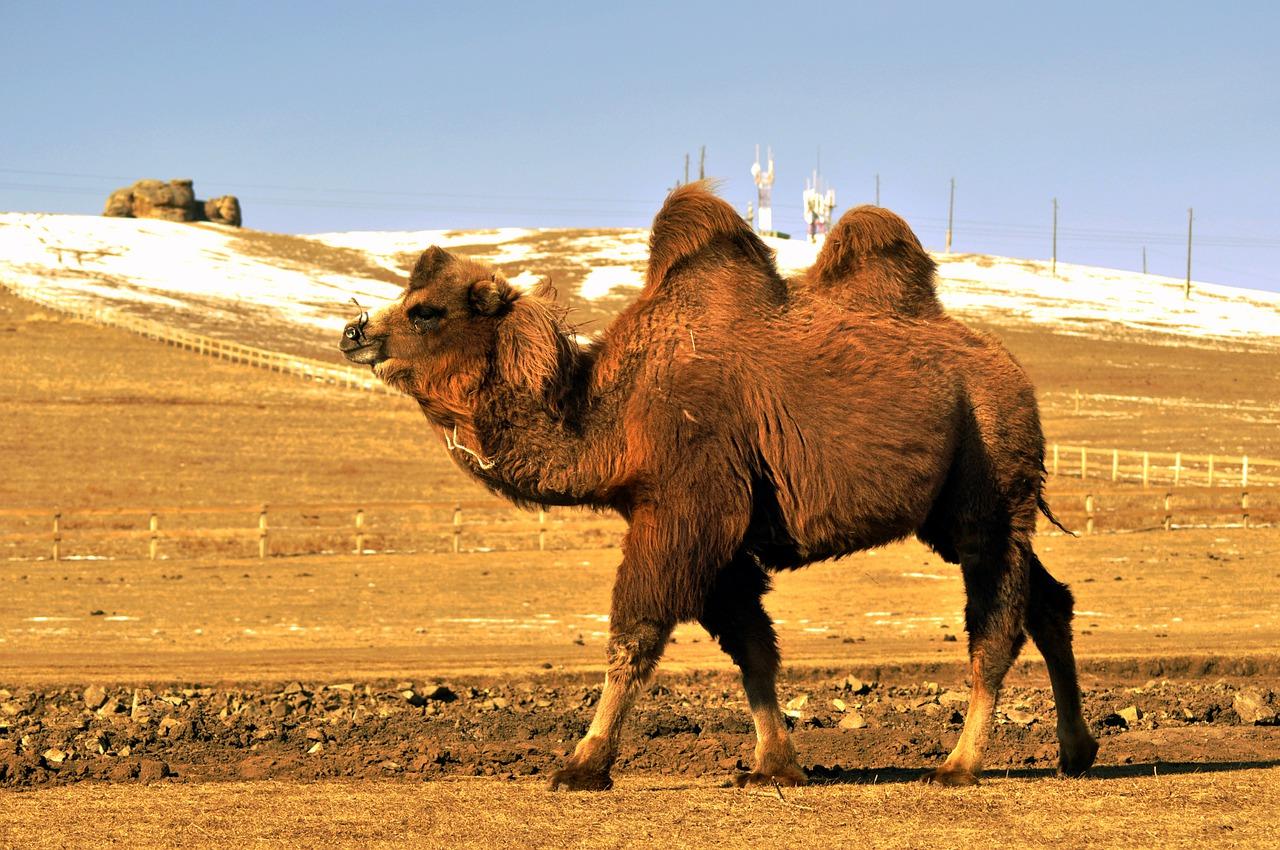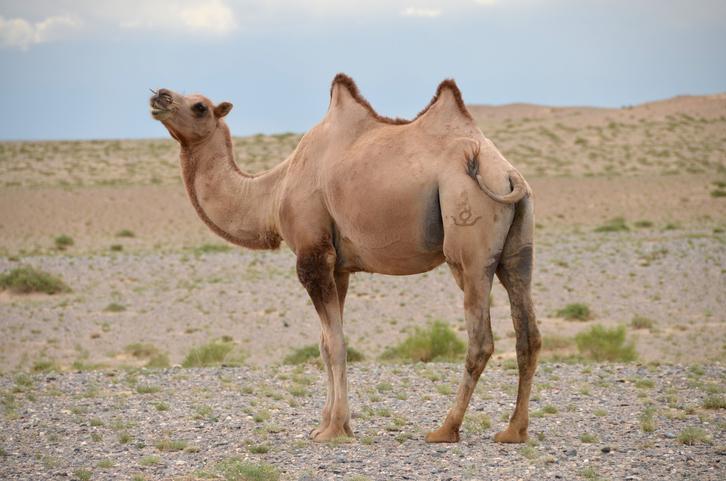Different Types of Camels


It is often believed there are two types of camels. These are recognized as a camel with two humps versus a camel with one hump. There is some truth to such conventional wisdom in that we can broadly recognize two distinct camelid groups, but their classification is more complicated. All camels are camelids because they belong to the Camelidae family. Camelids were one of the first modern even-toed ungulates (artiodactyls). In addition to having significant diversification, they have developed their own characteristics that distinguish them from each other.
At AnimalWised, we look at the different types of camels you can find in the world. We share their characteristics to highlight their similarities and differences, as well as provide photos so you can see what they look like for yourself.
What are camels and how are they classified?
Camels are form the family Camilidae. All camelids are in the order Artiodactyla, making them even-toed ungulates. This name refers to the fact their extremities put weight on an even number of toes. However, this gets confusing when we find out this order also contains whales. Most artiodactyls have hooves, with certain anatomical and physiological similarities which distinguish them from other hoofed mammals such as deer and cattle.
There are seven extant types of Camelid, camels being one of them. Within this group are camels which belong to the genus Camelus.
Taxonomic classification of camels
You will see there has been a certain amount of
- Kingdom: Animalia
- Phylum: Chordata
- Class: Mammalia
- Order: Artiodactyla
- Family: Camelidae
- Genus: Camelus
We most associate camels with the Middle East and Asia, but they actually originated in Northern America. As the Americas were exploited for their resources, camels were moved across the world. Their association with the desert is partly due to their great adaptability to these areas, often more so than horses. American wild camel populations eventually become extinct and there are few wild populations anywhere in the world today.
Characteristics of all types of camels
The different types of camels have specific morphological and behavioral characteristics, but we will share those in the next section. Here we look at the characteristics which all camels share:
- In general, camels are large animals. This will depend on their species, but some specimens can weigh over 2,200 lb. Even smaller camel types can weigh well over 1,000 lb.
- All camel types have small heads in relation to their body, as well as long legs and necks.
- The upper lip is notably cleft or split, allowing them independent mobility on either side of the mouth.
- Another unique and distinctive characteristic of camels is that they have smaller red blood cells than other mammals, with a peculiar elliptical shape. This is shared by all camelids.
- Camels have true canines, in addition to premolars separated from the molars by spaces known as diastema.
- They do not have horns.
- Camels have a specific anatomical arrangement of the hips and limbs which allow them to flex their legs underneath when sitting down.
- Although they present certain physiological similarities, such as fermenting in the foregut, camels differ from ruminants in that they have a stomach divided into three chambers. Each of these compartments have glandular regions, but they lack papillae.
- Camels don't technically have hooves, but they do have a hard nail on their toe that acts like a hoof.
- Female camels do not have an ovulation cycle. This process is induced by an external stimulus, just before or during mating.
Now we know general characteristics of camels, we can look at the individual camel species below.
Types of camels
As we stated in the introduction, many people think there are only two camel types. In reality, there are three types of camel species, although this has not always been the case. Famously, these types of camels are separated by a very obvious difference, specifically that two types of camel have two humps on their back while the other only has one.
Here we share the three different types of camels:
- Bactrian camel (Camelus bactrianus): also known as the Mongolian camel, this two-humped ungulate has large populations in their domestic form. They have been used as pack animals since ancient times. Bactrian camel coats are long and shaggy and is the heaviest of all camel species. They are noted for a mane of long hair on their throat, but short hair on their head.
- Dromedary (Camelus dromedarius): also known as the Arabian camel, this is another widely used domestic camel species. They have only one hump and, although taller in height, are smaller overall. As they are known as a dromedary, some people think they are a separate species, but they are of the same genus.
- Wild Bactrian camel (Camelus ferus): much of the confusion over how many types of camel there are is due to the wild Bactrian camel. While they share some key features, they are a distinct species rather than a subspecies. They have two humps and diverged over a million years ago from other camel species. They mostly live in China, as well as some parts of Mongolia.
To know some more background information in the differences between the different types of camels, take a look at our comparison of dromedaries and Bactrian camels.

Where do camelids live?
As we stated above, camels originate from the Americas. However, they have not existed there in the wild for thousands of years. During various migrations, camels found their way to China and other parts of Asia. However, we possibly most associate camels with the desert areas of the Arabian Peninsula. Here we see where each different type of camel lives.
- Dromedary: as their other moniker suggests, the Arabian camel is found in parts of the Arabian Peninsula, but this is not their only habitat. They are also currently found in Northern Africa and Central Asia. These are the camels you will see if you are exploring the Sahara Desert. They make up the vast majority of all camels, with almost 95% of camels being dromedaries. As dromedaries are kept as domestic animals, we can find some keepers have moved them to various other parts of the world. In fact, some dromedaries have feral populations in places like Australia due to separation from domestic herds.
- Bactrian camel: these are a native to Central Asia and are named after Bactria, an ancient area which included parts of current-day Pakistan, Afghanistan, Uzbekistan and Tajikistan. They are a migratory animal, although migration is limited in domesticated animals. Due to the arid, harsh terrain and difficult weather conditions of their natural habitat, they are a very hardy animal. As with dromedaries, some feral examples exist in parts away from Asia.
- Wild Bactrian camel: as we have explained, this is not a feral Bactrian camel which was separated from them. They are a separate species which diverged from them over a million years ago. This camel can only be found in Mongolia and parts of China. The majority live in Lop Nur Wild Camel National Nature Reserve in the Xinjiang Province where they are afforded some protection. However, wild populations are very low and they are considered a critically endangered species.

Diet of camels
Camels are herbivores. Specifically, their diet includes mainly plants with thorns, dried herbs and salt bushes. This is due to the availability of food in their grazing lands. However, there have been examples of Bactrian camels consuming animal protein in cases of severe plant shortages.
As we explained above, camels have more than one stomach. Their three stomachs allow them to redigest food which has been partly digested before. This means they waste very little food and exploit as much of what they eat as possible. Since camels often spend a lot of time in the desert, they can eat very infrequently.
One of the common myths about camels is that they store water in their humps. Presumably this is because the desert is so dry. However, this is not actually the case. Camel humps store fat. This can then be broken down to help release energy when they need it. The purpose is essentially the same in that the humps help with survival, but it is not for hydration.

Conservation status of camels
Since camels have been used so much in domesticated situations, there are many which can be found across the world. Although the world is increasingly mechanized, camels still serve very useful purposes in desert environments. This is especially so for low-income populations who do not have as much access to technology.
On the other hand, wild camels are relatively rare. Some exist because they have left domestic populations, becoming feral. True wild camels, the wild Bactrian camel, are also rare. Their populations have been under threat for various reasons, including illegal hunting. This even occurs in the national camel reserve in China, despite this area being protected. Increasing and encroaching human populations also affect their numbers.
Here are the conservation status of all types of camels:
- Bactrian camel: least concern.
- Dromedary: least concern.
- Wild Bactrian camel: critically endangered.
Unfortunately, wild Bactrian camels have been in steady decline and it does not seem like this will change significantly. There may be as few as 950 wild Bactrian camels in the world.
If you want to read similar articles to Different Types of Camels, we recommend you visit our Facts about the animal kingdom category.
- STI (2022). Camelidae. Available at: https://www.itis.gov/servlet/SingleRpt/SingleRpt?search_topic=TSN&search_value=624918#null
- Cutshall, E. (2017). Bactrian Camelus. Animal Diversity Web. Retrieved from: https://animaldiversity.org/accounts/Camelus_bactrianus/
- Dalen, A. (2018). Chapter 7 – Camelidae. Editor(s): Karen A. Terio, Denise McAloose, Judy St. Leger. Retrieved from: https://doi.org/10.1016/B978-0-12-805306-5.00007-9
- Hare, J. (2008). Camelus ferus . The IUCN Red List of Threatened Species. Retrieved from: https://dx.doi.org/10.2305/IUCN.UK.2008.RLTS.T63543A12689285.en
- Myers, P. (2000. "Camelidae". Animal Diversity Web. Retrieved from: https://animaldi)versity.org/accounts/Camelidae/
- Naumann, R. (1999). Camelus dromedarius. Animal Diversity Web. Retrieved from: https://animaldiversity.org/accounts/Camelus_dromedarius/








